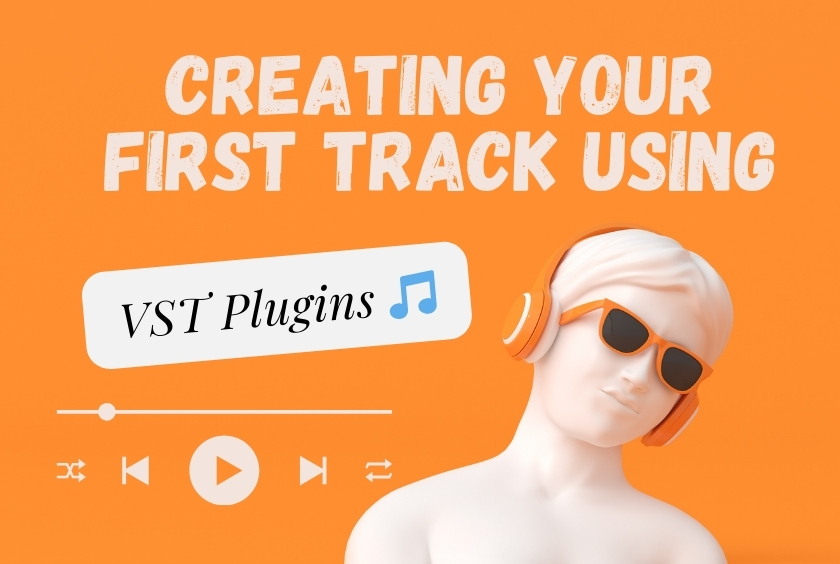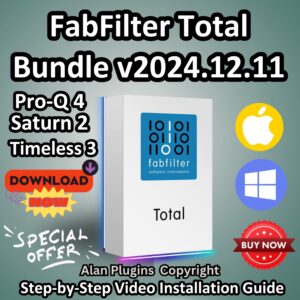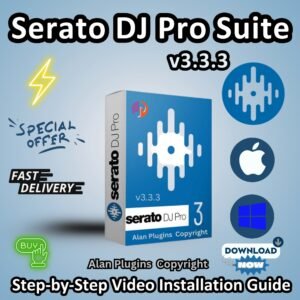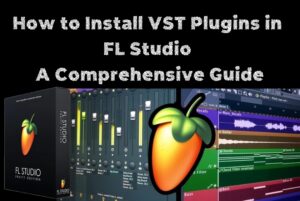Dive into the world of music production with the power of Virtual Studio Technology (VST) plugins. This guide will help you understand and construct your first track using these tools.
VST plugins are software emulators of hardware sounds and effects. They integrate seamlessly into your Digital Audio Workstation (DAW), providing a range of instruments, effects, and utilities. With options from synthesizers to reverb effects, VST plugins open up endless possibilities for sound design and music creation.
To get started, choose your DAW. This is your central hub for music production. Popular choices include Ableton Live, FL Studio, Logic Pro, and Cubase. Each one offers unique features that cater to different styles and requirements.
Next, install some essential VST plugins. Start with a few basic ones that cover a range of functions. For example:
- Synth1: A versatile, free synthesizer.
- TAL-Reverb-4: A free, high-quality reverb plugin.
- Spitfire Audio LABS: A collection of free instrument plugins.
Set up your project by creating a new project in your DAW. Set your tempo, key, and time signature, then add tracks for the different elements of your tune.
VST Plugins! Now let’s create your first track:
Step 4: Create a drum pattern using a drum VST plugin like MT Power Drum Kit. Start with a basic beat and add variations for interest.
Step 5: Add a bassline using a bass VST plugin like Ample Bass P Lite II.
#Step 6: Create a melody using a synth VST plugin like Synth1.
Step 7: Add chords using a piano VST like Spitfire Audio LABS Soft Piano.
Step 8: Apply effects using effect plugins like TAL-Reverb-4.
#Step 9: Arrange your track with distinct sections and smooth transitions.
Remember: Mixing and exporting your track is an important part of the process. Balance the levels, pan the instruments, and apply compression and EQ for a professional-sounding mix. Lastly, export your track in a high-quality audio format.
Creating your first track with VST plugins is an exciting and rewarding journey. So, experiment, have fun, and let your creativity flow!














